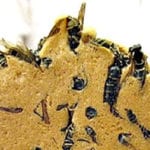 Miscellaneous
Miscellaneous  Miscellaneous
Miscellaneous  Our World
Our World 10 Green Practices That Actually Make a Difference
 Humans
Humans Ten Historic Men Who Deserve Way More Credit Than They Got
 Movies and TV
Movies and TV The 10 Most Heartwarming Moments in Pixar Films
 Travel
Travel Top 10 Religious Architectural Marvels
 Creepy
Creepy 10 Haunted Places in Alabama
 History
History Top 10 Tragic Facts about England’s 9 Days Queen
 Food
Food 10 Weird Foods Inspired by Your Favorite Movies
 Religion
Religion 10 Mind-Blowing Claims and Messages Hidden in the Bible Code
 Facts
Facts 10 Things You Never Knew about the History of Gambling
 Miscellaneous
Miscellaneous Ten Groundbreaking Tattoos with Fascinating Backstories
 Our World
Our World 10 Green Practices That Actually Make a Difference
 Humans
Humans Ten Historic Men Who Deserve Way More Credit Than They Got
Who's Behind Listverse?

Jamie Frater
Head Editor
Jamie founded Listverse due to an insatiable desire to share fascinating, obscure, and bizarre facts. He has been a guest speaker on numerous national radio and television stations and is a five time published author.
More About Us Movies and TV
Movies and TV The 10 Most Heartwarming Moments in Pixar Films
 Travel
Travel Top 10 Religious Architectural Marvels
 Creepy
Creepy 10 Haunted Places in Alabama
 History
History Top 10 Tragic Facts about England’s 9 Days Queen
 Food
Food 10 Weird Foods Inspired by Your Favorite Movies
 Religion
Religion 10 Mind-Blowing Claims and Messages Hidden in the Bible Code
 Facts
Facts 10 Things You Never Knew about the History of Gambling
10 Bizarre Food Developments We May See In The Future
Man has always striven to expand his knowledge and the study of food is no exception. Our current technology has enabled us to push the boundaries of food development further than ever before, and the entries on this list are just some of what we might see in the future.
10Headless Chicken Farms
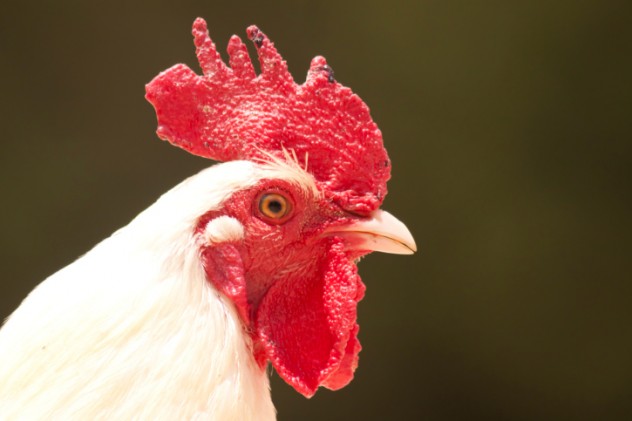
In 2012, Andre Ford, an architecture student at the UK Royal College Of Art, looked at the problems presently plaguing the broiler chicken industry and proposed the Center For Unconscious Farming as a solution. His objectives were to satisfy the demand for chicken meat while affording the animals more humane treatment. While his goals seemed noble enough, Ford’s methods were arguably dystopian in nature. He suggested that the chickens’ cerebral cortex be removed so that they wouldn’t feel any distress. To accommodate more chickens, their feet would be removed as well. To allow them to grow, the chickens’ brain stems would be kept intact, while regular electric shocks would provide muscular stimulation.
These unconscious chickens would then be tightly packed together in Matrix-like pods, where they would be fed through a series of tubes. In this system, nothing would be left to waste—Ford also suggested that chicken blood be used as plant feed. While many viewed his proposal as controversial, Ford defended it, stating that “the realities of the existing systems of production are just as shocking.”
9Food Would Be Delivered Through Skin Patches

While we are already used to taking various medications with transdermal patches, scientists with the Department of Defense’s Combat Feeding Program are taking things to the next level with the Transdermal Nutrient Delivery System (TDNDS). This food patch contains essential nutrients and can be used by soldiers stationed in warzones. The patch itself has a microchip processor which calculates a soldier’s nutritional requirements and releases the corresponding nutrients. While not a substitute for food, officials hope that these patches will help soldiers work well in the field until they can eat a real meal. It is estimated that the technology will be available by 2025. Dr. C. Patrick Dunne, a scientist with the program, believes that the innovation will also be useful for civilians who work in high-pressure occupations, such as miners and astronauts.
8Human Waste Will Be Made Edible Again

In 2009, the European Space Agency (ESA) announced that they were working on improving a system which they believed would one day be used to sustain people living in space or even on other planets. The move came after NASA developed a similar system aboard the International Space Station which could turn human waste into drinkable water. ESA’s program, called Micro-Ecological Life Support System Alternative (MELiSSA) is far more advanced and is designed to recycle every bit of human waste into oxygen, food, and water. The first MELiSSA pilot plant was built in 1995, and researchers said that they expect that second-generation plant will be fully operational by 2014.
7A Dash Of Music Enhances The Flavor

A recent study conducted by Oxford University discovered that sound really does influence the way we taste food. For example, high-pitched sounds added more sweetness to the food, while low, brassy sounds made it taste bitter. A participant in the experiment, Russel Jones, said that this discovery would have wide-ranging applications. He pointed out that it could potentially make foods healthier by reducing the sugar content—without sacrificing the perceived sweetness.
Even before the study came out, some restaurants had already added sonic-enhanced repertoire to their menu. Chef Heston Blumenthal, of UK restaurant The Fat Duck, provided an iPod that played soothing ocean sounds while his diners ate seafood dishes; they later attested that their food tasted saltier.
6Food That Can Be Inhaled
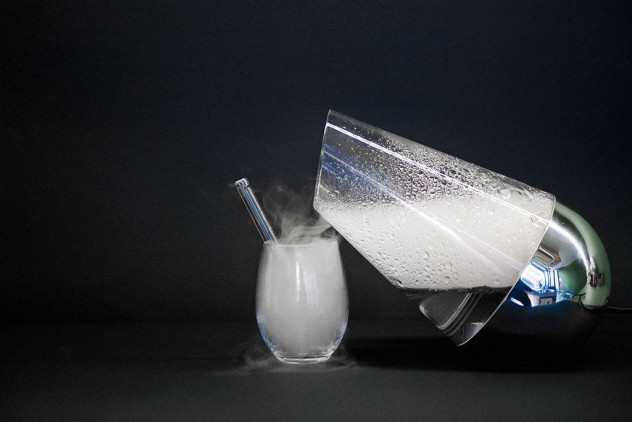
A bizarre trend of people literally inhaling their food has been on the rise since 2012. It started when Harvard professor David Edwards invented a device called Le Whif, which sprayed out breathable dark chocolate. The product became a best-seller for European dieters, who claimed that it reduced their appetites. The trend has since gained a foothold on North American soil, where Canadian chef Norman Aitken improved the invention and came up with Le Whaf. His device is essentially a vase with an ultrasound implanted underneath. The food, usually a soup, is placed inside the vase and is shaken by ultrasound until it becomes a cloud, at which point the customer uses a straw to inhale it. One customer who tried it described the experience as “a taste sensation without something in your mouth.”
5Space-Bred Seeds
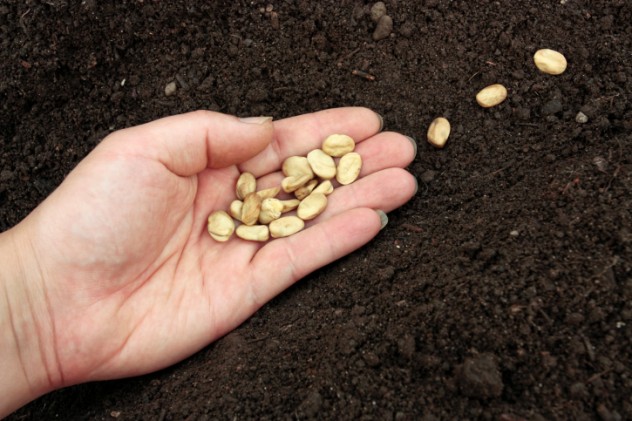
Since the 1980s, China has been sending seeds into outer space, and its scientists have claimed amazing results. These space-exposed seeds, they reported, bred faster and produced larger crops than their earth-based counterparts. Professor Liu Luxiang, head of the program, said that their work has enabled the creation of stronger seed strains, which are currently being used nationwide.
While it’s hard to authenticate such claims given the secretive nature of China’s science programs, NASA has attempted the same feat—with less-than-favorable results. Western scientists also noted the lack of hard data, which they suspected is being kept secret by the military. Professor Liu himself lamented the media obsession with the oversized crops and said, “Size isn’t the point of the program . . . I care more about increasing yields.” While the effect of cosmic radiation is not yet clear, Professor Liu currently has two published works being reviewed by respected journals, which he hopes will lend his program an air of legitimacy from his Western counterparts.
4Peanut Butter And Jellyfish Sandwiches
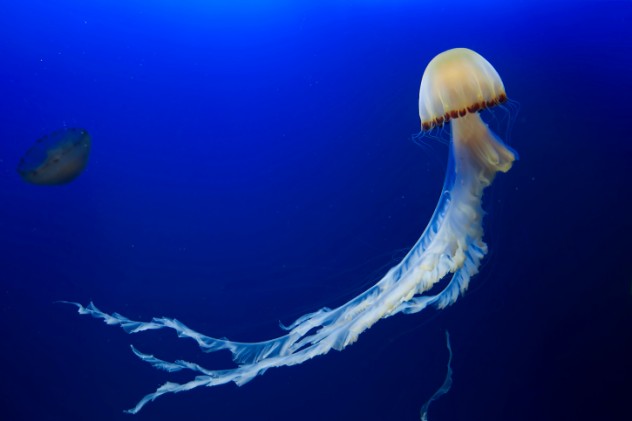
“If you can’t fight them, eat them.” Those were the exact words of a 2013 report prepared by the UN’s Food and Agriculture Organization. In the study, titled “Review of Jellyfish Blooms In the Mediterranean and Black Sea,” officials noted the world’s dwindling fish population and growing jellyfish blooms, and suggested a number of methods to solve the problem. Aside from the use of bio-control agents and cutting nets, they also proposed the use of jellyfish in food and medical products. The report pointed out that some jellyfish species have been part of the Chinese diet for a long time and encouraged research into the medicinal properties of jellyfish, which they believed might hold huge biological and industrial potential.
3Edible Plastics And Wrappers
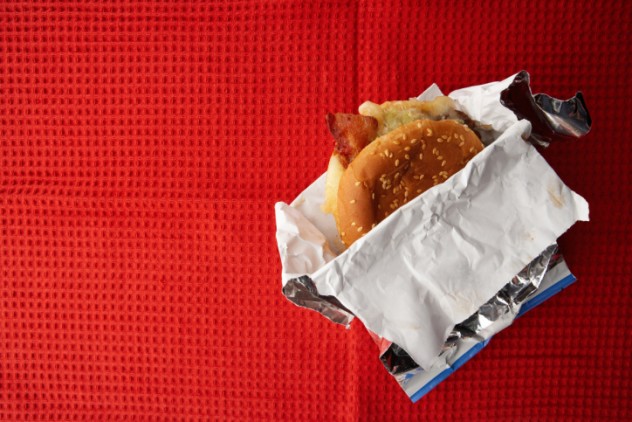
In 2012, a Brazilian burger restaurant named Bob’s garnered plenty of attention when it released its burger wrapped in edible paper. People didn’t need to unwrap the burger—they just ate the whole thing! A year later, Professor David Edwards introduced his new invention, Wikicells, to the American public. Edwards got his inspiration from the way a cell stores water and set out to create a food wrapper based on that idea. The wrappers are made from natural skins and are designed to be insoluble to prevent bacteria and other particles from entering. They can be used to wrap foods and beverages of any kind. Best of all, they can be consumed along with the packaged food. Edwards hopes that his inventions will shift people away from the use of plastic and conventional wrappers—which will lead to much less waste clogging up landfills.
2Everyone Will Eat Bugs
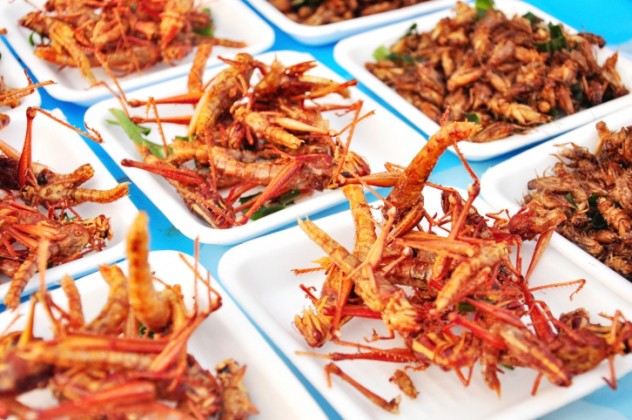
A May 2013 report by the UN has advocated the eating of insects as a viable method to combat world hunger. According to UN officials, at least two billion people in Asia and Africa regularly eat 1,900 different kinds of insects. Of the edible bugs, beetles were on top of the menu, followed closely by caterpillars and bees. They also found lots of edible potential in the larvae of various flies. The UN noted that the challenge now would be to change Western attitudes regarding eating these creepy crawlies.
The consumption of bugs would have wide-ranging benefits. Insects are rich in proteins and minerals, reproduce quickly, and do not damage the environment as much as traditional livestock. Aside from that, an insect-farming industry could present a lucrative business opportunity, especially for those living in poor countries.
1Three-Course Meal Chewing Gum

For those who never quite got over Willy Wonka’s famous chewing gum which tasted like a three-course meal, take heart! Scientist Dave Hart of the UK’s Institute of Food Research is bent on turning that children’s fantasy into reality. Since 2010, Hart and his team have been using nanotechnology to reproduce the legendary chewing gum. He has already designed a method that can encapsulate specific flavors and essentially keep them from mixing. He explained that the chewer would experience each flavor sequentially. Initially, he would taste the appetizer capsule; as he chews harder he would taste the main course and dessert. Hart has acknowledged the intricacies of completing the elaborate chewing gum. He has also been tinkering with a much older method called the boiled sweet, where different flavors are layered separately by flavorless gelatin, with the climactic flavor wrapped right in the center of the chewing gum.
+Human-Algae Hybrids

Algae has many proponents as the best solution to world hunger. But one man has suggested an even crazier use for the organisms. On the BBC’s 60 Second Idea segment, Chuck Fisher shared his bizarre idea for integrating algae into the human skin. Just like a real plant, these hybrid humans would absorb sunlight to get their nutrition. A biologist by trade, Fisher got his idea by observing the symbiotic relationship between the corals (which are animals) and algae. Fisher admitted his proposal was far-fetched for now, but remains positive that that his dream to eradicate world hunger via photosynthesis will soon become a reality.
Marc V. is always open for a conversation, so do drop him a line sometime.






